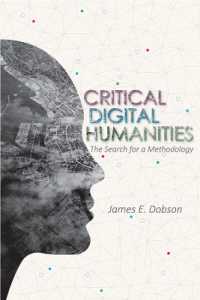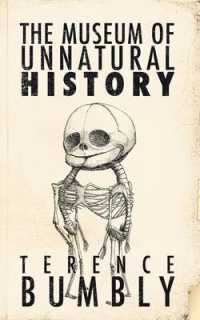Full Description
These essays on late antiquity traverse a territory in which Christian and pagan imagery and practices compete, coexist, and intermingle. The iconography of the most significant late antique ceramic, African Red Slip Ware, is an important and relatively unexploited vehicle for documenting the diversity and interpenetration of late antique cultures. Literary texts and art in other media, particularly mosaics, provide imagery that complement and enhance the messages of the ceramics. Popular entertainments, pagan cults, mythic heroes, beasts, monsters, and biblical visions are themes dealt with on the patrician and popular levels. With interpretive supplements from these diverse realms, it is possible to achieve greater insight into the life, attitudes, and thought of Late Antiquity.
Contents
I. Paulinus of Nola, Courtyards, and Canthari: A Second Look
II. Thecla the Beast Fighter: A Female Emblem of Deliverance in Early Christian Popular Art
III. "Two Men in White:" Observations on an Early Christian Lamp from North Africa with the Ascension of Christ
IV. Anicius Auchenius Bassus, African Red Slip Ware, and the Church
V. The Sphinx: An Egyptian Theological Symbol in Clement of Alexandria
VI. Clement of Alexandria, Acrobats, and the Elite
VII. Celsus' Competing Heroes: Jonah, Daniel, and their Rivals
VIII. Divine Twins or Saintly Twins: The Dioscuri in an Early Christian Context
IX. The Saga of Peter and Paul: Emblems of Catholic Identity in Christian Literature and Art
X. Apocalyptic Themes in the Monumental and Minor Art of Early Christianity
XI. Odysseus Wanders into Late Antiquity
XII. Execution as Entertainment: The Roman Context of Martyrdom








